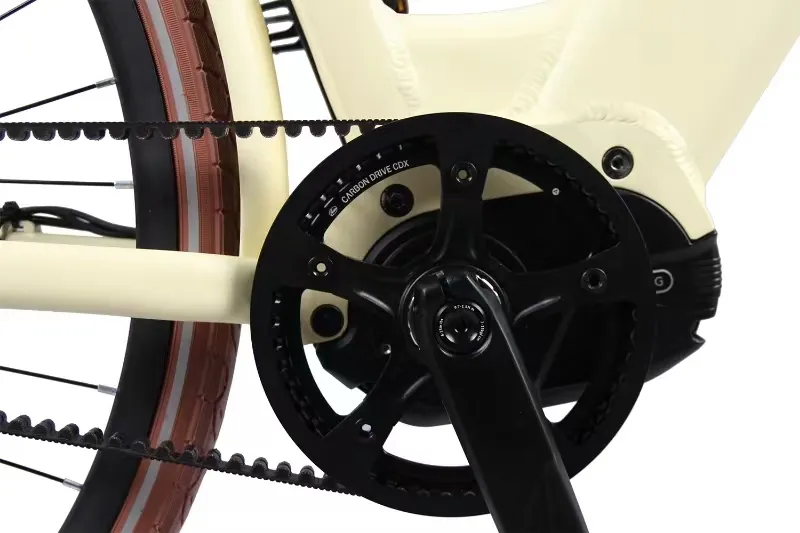
- Afrikaans
- Albanian
- Amharic
- Arabic
- Armenian
- Azerbaijani
- Basque
- Belarusian
- Bengali
- Bosnian
- Bulgarian
- Catalan
- Cebuano
- Corsican
- Croatian
- Czech
- Danish
- Dutch
- English
- Esperanto
- Estonian
- Finnish
- French
- Frisian
- Galician
- Georgian
- German
- Greek
- Gujarati
- Haitian Creole
- hausa
- hawaiian
- Hebrew
- Hindi
- Miao
- Hungarian
- Icelandic
- igbo
- Indonesian
- irish
- Italian
- Japanese
- Javanese
- Kannada
- kazakh
- Khmer
- Rwandese
- Korean
- Kurdish
- Kyrgyz
- Lao
- Latin
- Latvian
- Lithuanian
- Luxembourgish
- Macedonian
- Malgashi
- Malay
- Malayalam
- Maltese
- Maori
- Marathi
- Mongolian
- Myanmar
- Nepali
- Norwegian
- Norwegian
- Occitan
- Pashto
- Persian
- Polish
- Portuguese
- Punjabi
- Romanian
- Russian
- Samoan
- Scottish Gaelic
- Serbian
- Sesotho
- Shona
- Sindhi
- Sinhala
- Slovak
- Slovenian
- Somali
- Spanish
- Sundanese
- Swahili
- Swedish
- Tagalog
- Tajik
- Tamil
- Tatar
- Telugu
- Thai
- Turkish
- Turkmen
- Ukrainian
- Urdu
- Uighur
- Uzbek
- Vietnamese
- Welsh
- Bantu
- Yiddish
- Yoruba
- Zulu
Aug . 30, 2024 13:35 Back to list
How to Tune a Derailleur on a Mountain Bike
How to Tune a Derailleur on a Mountain Bike
Tuning your mountain bike's derailleur is an essential skill that can enhance your riding experience. A properly adjusted derailleur ensures smooth and precise gear shifting, which is crucial for navigating challenging terrains. Here’s a step-by-step guide to help you tune your derailleur effectively.
Understanding the Basics
Before diving into the tuning process, it's important to understand the components of your derailleur system. The derailleur itself is responsible for moving the chain across the different gears. The two main types of derailleurs are the front derailleur, which shifts the chain between the chainrings, and the rear derailleur, which shifts the chain across the cassette gears.
Tools You'll Need
To tune your derailleur, gather the following tools 1. A Phillips screwdriver 2. An Allen key set 3. A chain checker tool 4. A torque wrench (if necessary) 5. Lubricating oil
Step 1 Inspect the Derailleur
Start with a visual inspection of your derailleur. Look for any bent components, such as the derailleur hanger or the derailleur itself. A misaligned or bent derailleur will hinder proper shifting. If anything looks out of place, adjust or replace it as necessary.
Step 2 Check the Cable Tension
The cable tension plays a crucial role in the performance of your derailleur. To check the tension, shift to the highest gear (smallest cog) on the rear cassette. Pull the cable lightly and tighten the barrel adjuster on the derailleur or shifter to increase tension. If the chain doesn’t shift adequately, the cable may need more tension.
Step 3 Set the Limit Screws
how to tune a derailleur on a mountain bike

Limit screws control how far the derailleur can move in either direction. Start by adjusting the high-limit screw, marked as 'H.' Shift to the highest gear, and ensure the derailleur lines up perfectly with the smallest cog. If it’s too far away or rubbing against the spokes, adjust the 'H' screw accordingly.
Next, shift to the lowest gear (largest cog) and adjust the low-limit screw, marked as 'L.' Again, ensure the derailleur lines up properly with the largest cog. This prevents the chain from falling off the cassette.
Step 4 Fine-Tune the B-Screw
The B-screw adjusts the angle of the rear derailleur in relation to the cassette. With the chain in the largest cog, check that the derailleur’s upper pulley is 3-5mm away from the cog. Adjust the B-screw until this gap is correct.
Step 5 Test the Shifting
Once you've completed the adjustments, take your bike for a test ride. Shift through all the gears and pay attention to how smoothly the chain moves from one cog to another. If you experience any skipping or hesitation, you may need to make slight adjustments to the cable tension or limit screws.
Step 6 Lubricate the Chain
Finally, ensure your chain is clean and well-lubricated. A well-maintained chain enhances shifting performance and prolongs the life of your components.
Conclusion
Tuning your bike's derailleur enhances not only performance but also your overall riding experience. Regular maintenance can prevent issues before they arise, allowing for smooth transitions between gears during your mountain biking adventures. Following these steps will help ensure your derailleur operates optimally, so you can focus on conquering those trails. Happy riding!
-
The Ultimate Kids' Four-Wheeler Experience
NewsJul.09,2025
-
The Ultimate Guide to Mountain Bikes: Gear Up for Your Ride
NewsJul.09,2025
-
The New Age of Cycling: Electric Bikes for Every Rider
NewsJul.09,2025
-
The Best Kids Bicycles: Ride in Style and Safety
NewsJul.09,2025
-
The Best 3-Wheel Scooters for Kids: Fun, Safety, and Adventure
NewsJul.09,2025
-
Revolutionize Your Ride: Affordable Electric Bikes
NewsJul.09,2025
-
Finding the Perfect Mountain Bike for Every Rider
NewsJul.09,2025



